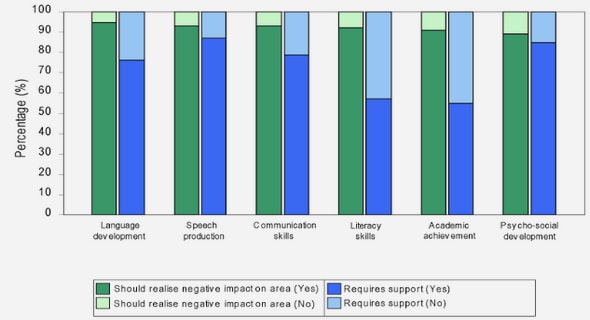(Downloads - 0)
For more info about our services contact : help@bestpfe.com
Table of contents
1. Potential role of agroforestry in a new paradigm of agriculture
A. Context
B. Definition of agroforestry and historical aspects of agroforestry research
C. Agroforestry and ecosystem services
i. Hydrological services and soil erosion
ii. Biodiversity conservation
iii. Carbon sequestration
iv. Primary productivity and resource use efficiency
v. Mitigation of the effects of climate change
2. Specificity of interactions in agroforestry systems
A. Competition, Facilitation, Complementarity
B. Seasonal interactions: phenology and synchronicity
C. Highlight on the competition for light
D. Effect of microclimate on processes
i. Changes of heat fluxes
ii. Effect of wind
3. Why modeling canopy processes in AFS?
A. Connecting processes and formalizing the biophysical understanding
B. Bringing continuous variables into heterogeneous plots and helping experimental designs
C. The importance of virtual simulation for the design of innovative AFS
D. Modeling to assess the resilience of AFS
4. How to model processes in AFS?
A. Which processes to simplify? Which processes to ignore?
B. How to model the AFS structure?
5. Measuring and modeling processes in AFS
F. Charbonnier Synthesis 2
A. Field measurements for parameterization and model verification
i. Studying the structure heterogeneity of AFS
ii. Measuring canopy processes
B. Modeling strategies
i. Static models
ii. Dynamic models
iii. Justifying our choice of MAESTRA/MAESPA
6. Conclusions: our contribution to AFS understanding: modeling the effects of microclimate modifications on understorey fluxes
A. Mapping the absorbed radiation in a plot with a plant resolution
B. Using the absorbed radiation as a covariate for experimentation
C. Intra-plot variability of photosynthesis and of LUE
7. Perspectives
A. Possible limitations of MAESTRA-MAESPA
B. Our scientific strategy

